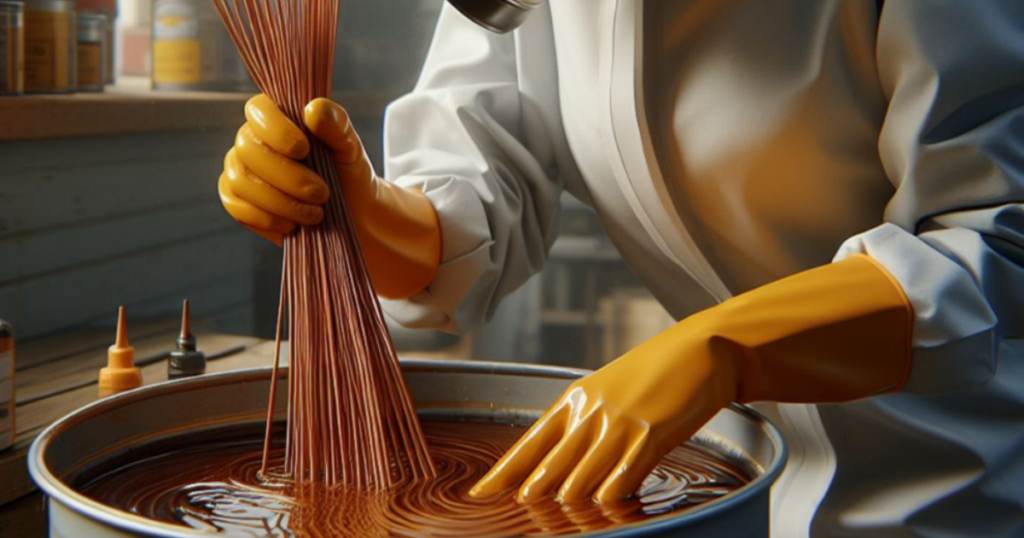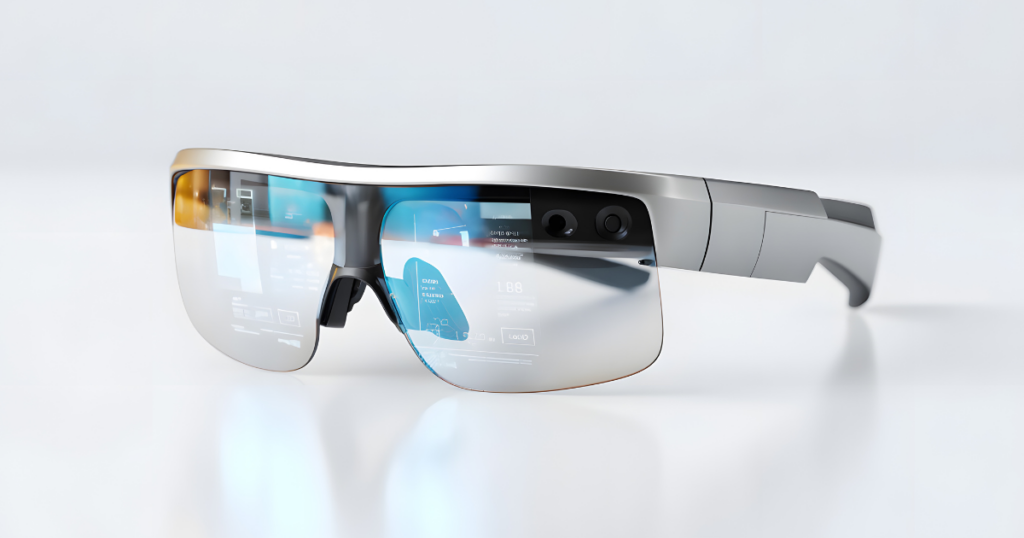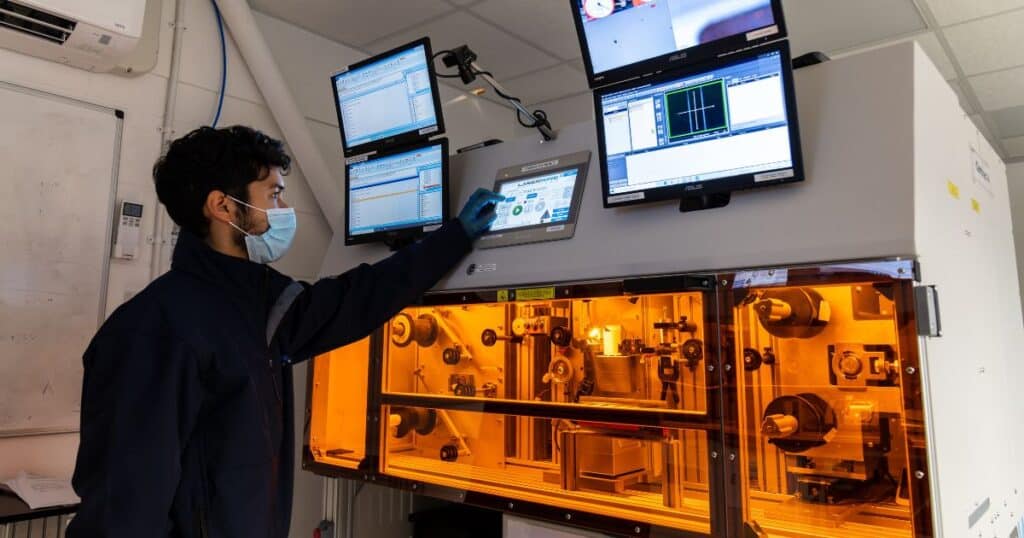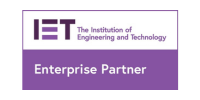By now, most manufacturers working in sectors like medical devices, aerospace, automotive, and electronics are well aware of the upcoming US ban on methylene chloride (InsulStrip). With the deadline of April 28, 2026 fast approaching, many companies are entering the critical planning and implementation phase of replacing solvent-based insulation removal processes.
If you are currently evaluating alternatives—or are concerned about how to maintain production speed, safety, and compliance—this article is for you.
Why this shift matters
InsulStrip has been widely used for stripping insulation from delicate or hard-to-process wires, thanks to its ability to soften insulation without damaging the conductor. But with growing scrutiny on chemical processes, evolving workplace safety standards, and now formal regulation from the EPA, it is clear that solvent-based methods are no longer a viable long-term option.
What matters now is how manufacturers make the switch—and how seamlessly they can integrate safer, scalable, and compliant insulation removal technologies into their production lines.
A proven alternative: Laser wire stripping
At Laser Wire Solutions, we work with manufacturers who are ready to future proof their wire processing operations. Our laser wire stripping systems are already trusted across the globe in applications where precision and quality are non negotiable.
Whatever wire material or wire type you’re processing, laser wire stripping delivers:
-
Chemical free operation – No solvents, no hazardous waste
-
Precision and control – Even on ultra-fine wires or complex geometries
-
Repeatability – Stable, scalable results for automated production lines
-
Cleanroom compatibility – Ideal for medical and semiconductor environments
-
Simplified compliance – No PPE or fume extraction requirements for toxic chemicals
What customers are asking us right now
As teams prepare for the regulatory deadline, here are a few common questions we are hearing:
“How do laser systems handle my specific wire type?”
We offer tailored solutions for everything from magnet wire and Litz wire to coaxial cables and multi-layer insulation. We also provide feasibility testing and sample processing to demonstrate fit for your application.
“How does it compare in throughput and cycle time?”
Laser stripping is highly competitive with chemical methods in many cases—and can often be integrated into automated stations for even greater efficiency.
“Can we retrofit or replace our current setup?”
Yes. Many customers start by replacing individual InsulStrip stations with laser alternatives. Our systems can be used as stand-alone units or integrated into production cells.
“What is the total cost of ownership?”
While the upfront investment may be higher than solvents, laser systems remove the ongoing costs of chemical handling, regulatory compliance, waste disposal, and operator risk—delivering long-term savings.
How to move forward
With less than a year before the ban takes full effect, time is running short for testing, validating, and deploying your next-generation insulation removal strategy. We recommend:
-
Identify all wires currently processed with InsulStrip
-
Request sample testing with our laser systems to evaluate results
-
Start internal validation and operator training (we can support with FATs and SATs)
-
Plan your transition timeline in line with production demands and regulatory deadlines
Let us help you take the next step
Laser Wire Solutions is already working with leading manufacturers to help replace InsulStrip and other solvent based processes with clean, compliant alternatives. Whether you are looking to run trials, spec out a new line, or just need guidance, our team is ready to support you.
Laser wire stripping is not just a stopgap—it is a long-term solution.
Talk to Us Today
Let us help you navigate the InsulStrip transition with confidence.








